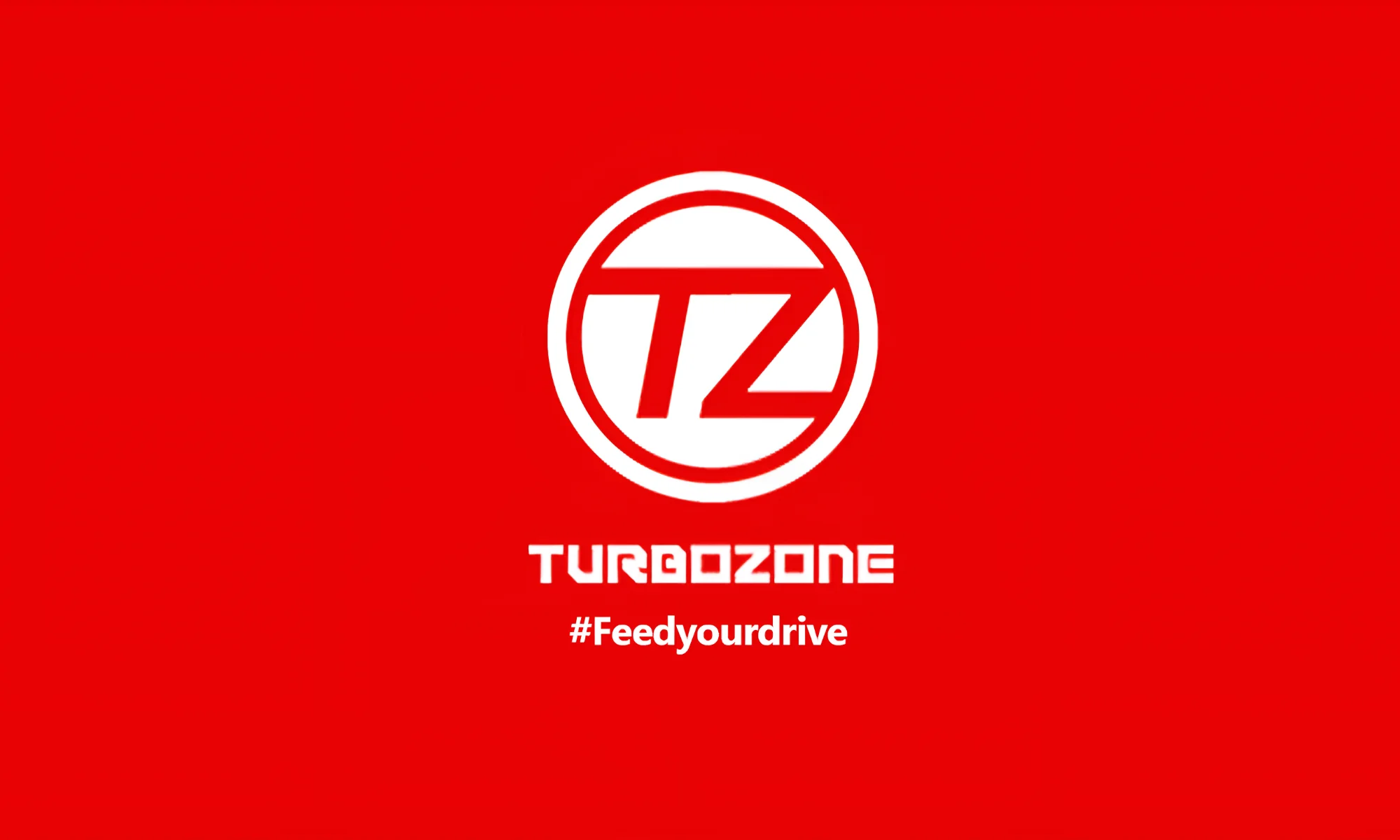
- Ford Motor Company receives an “A” grade for its work to conserve water by CDP, the world’s only global environmental disclosure agency.
- From 2000 to 2014, Ford reduced its water use by 62 percent – 10 billion gallons – achieving its water reduction goal two years ahead of schedule
- Ford is the only North American company to earn CDP’s highest honor for corporate water stewardship. More than 400 companies were considered for CDP recognition, with eight ultimately receiving recognition
DEARBORN, Mich., Oct. 29, 2015 – Ford Motor Company received the top score for its work on global water conservation from CDP, the world’s only environmental disclosure agency.
Ford is one of eight corporations to receive CDP’s highest honor for its work on water issues, from among more than 400 global companies considered.
“The business case for action to improve water security has never been stronger or more urgent,” said Cate Lamb, head of water at CDP. “For this reason we congratulate Ford Motor Company for achieving a position on CDP’s Water A List. Ford is responding to market demand for environmental accountability and at the same time is making progress toward the realization of sustainable economies.”
From 2000 to 2014, Ford cut its total global water use by 62 percent, equaling more than 10 billion gallons. The automaker also attained the achievement two years ahead of schedule.
“At Ford, we see water as far more than an environmental concern,” said Andy Hobbs, Ford director, Environmental Quality Office. “Access to clean, affordable drinking water is a basic human right. We have worked diligently to set year-over-year goals to reduce our water use while introducing innovative manufacturing technologies to help us achieve these goals. We are pleased CDP is recognizing Ford as a sustainability and water conservation leader.”
While water has historically been a relatively inexpensive resource, its cost is expected to continue to rise. This forecast prompted Ford to establish its Global Water Management Initiative in 2000 to help guide its water conservation work.
The automaker also introduced several new technologies such as a 3-wet paint process and minimum quantity lubrication. Both save hundreds of thousands of gallons of water per year.
“Our efforts around water have evolved over the years,” said Hobbs. “We have moved beyond merely reducing the water footprint at our facilities, to working more holistically to address water concerns with our suppliers and in the communities in which we work.
“We understand that as an industry leader with nearly 195,000 employees worldwide, our work has a large-scale, positive impact, and so we are thrilled to know we are heading in the right direction.”
- As a part of Ford’s global water strategy, Ford has implemented water usage goals for its manufacturing plants in the AP region.
- In AP, Ford cut water use per vehicle produced by more than 10 percent in 2014 compared to 2013.
- In China, Ford cut water use per vehicle produced by 36 percent in 2014 compared to 2011; and achieved a 13 percent reduction compared to 2013.
- The AP region is using a variety of water-efficient processes and technologies in its manufacturing facilities. These include:
The 3-Wet Paint Technology
New assembly plants in AP have adopted this technology, which enables the consolidation of painting activities in an integrated booth. The technology provides significant environmental benefits including water saving, energy savings and reductions in carbon dioxide (CO2) emissions and volatile organic compound (VOC) emissions.
Minimum Quantity Lubricant (MQL)
Ford uses a “dry-machining” process to lubricate cutting tools with a very small amount of oil, rather than the conventional “wet-machining” process that required large amounts of metal-working fluids and water to cool and lubricate the tools. For a typical production line, dry machining – also known as minimum quantity lubrication (MQL) – can save more than 280,000 gallons of water per year.
Membrane Biological Reactors and Reverse-Osmosis Processes
Plants in Chongqing and Hangzhou, China, and Chennai, India, use membrane biological reactors (MBR) and reverse-osmosis processes to recycle water from Ford’s on-site wastewater treatment plants. This allows Ford to avoid using high-quality water suitable for human consumption in its manufacturing processes. In Chongqing, the multiple assembly plants reused 250,000 tons of water in 2014 – that’s enough water to fill 100 Olympic-sized swimming pools.

